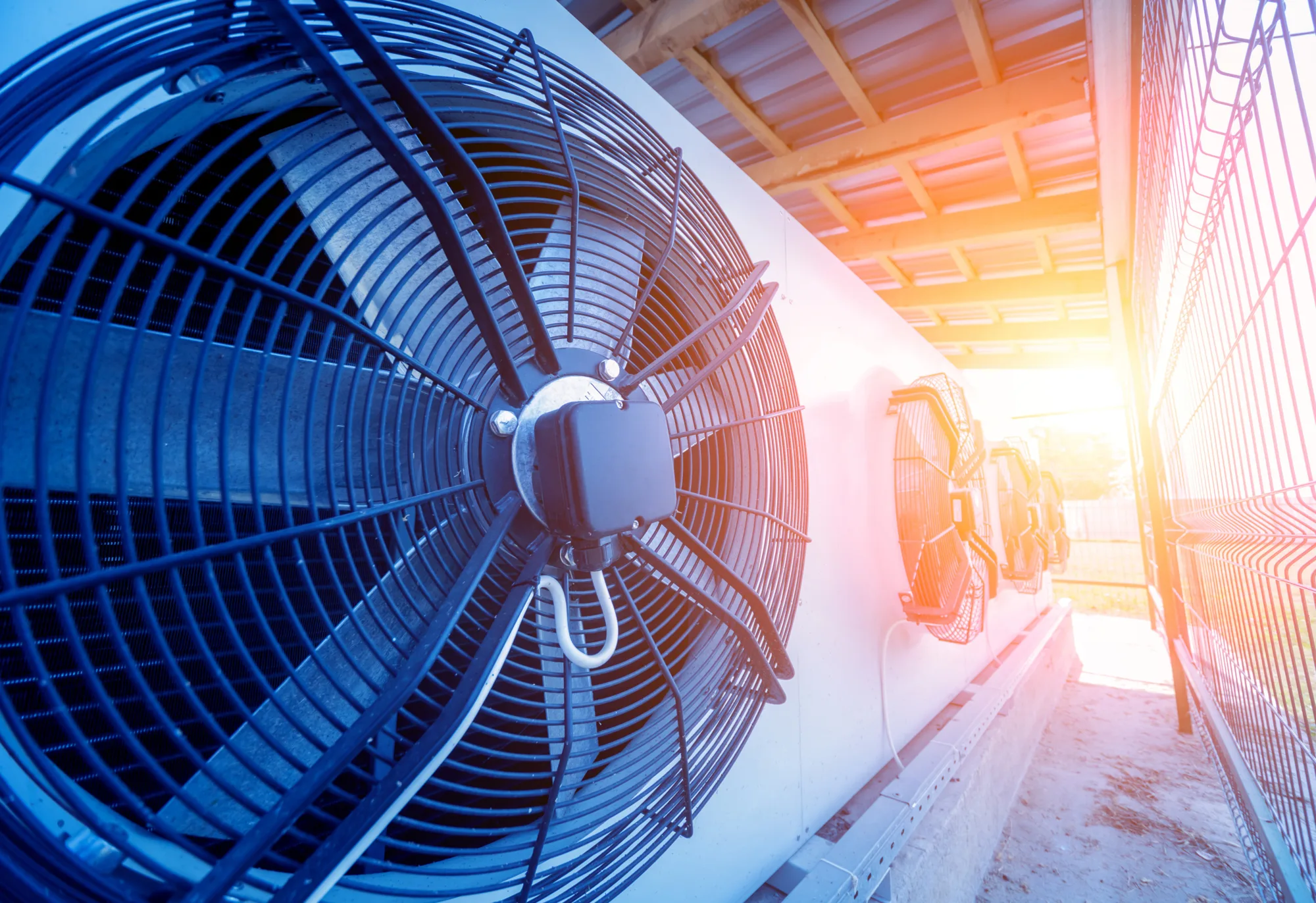Older buildings often come with charm and history, but their aging infrastructure presents unique challenges, especially regarding heating, ventilation, and

As the world grapples with the challenges of climate change, the future of HVAC (Heating, Ventilation, and Air Conditioning) design is undergoing a transformation towards sustainability and decarbonization. Residential buildings, in particular, play a crucial role in this shift, with initiatives like ASHRAE Standard 90.2 paving the way for energy-efficient and eco-friendly solutions. In this blog post, we’ll delve into the evolving landscape of HVAC design and decarbonization in residential buildings, exploring emerging trends and the role of MEP (Mechanical, Electrical, and Plumbing) design in this dynamic scenario.
Decarbonization is at the forefront of the global agenda, and residential buildings are a key focus area. The future of HVAC design revolves around reducing carbon emissions, energy consumption, and environmental impact. ASHRAE Standard 90.2, with its emphasis on energy efficiency, is a guiding force, setting the stage for a sustainable approach to heating and cooling in homes.
The future lies in harnessing renewable energy for residential HVAC systems. Solar panels, geothermal heat pumps, and other sustainable technologies are becoming integral to HVAC design. These systems not only reduce reliance on traditional energy sources but also contribute to lower carbon footprints.
The rise of smart technologies is reshaping HVAC design. Smart thermostats, energy-efficient sensors, and IoT (Internet of Things) connectivity enable precise control over heating and cooling, optimizing energy use and enhancing overall efficiency. ASHRAE Standard 90.2 aligns with these advancements by promoting systems that adapt to occupants’ needs intelligently.
The future of HVAC design includes a holistic approach, considering the building envelope as a crucial element. Well-insulated and airtight structures minimize heat loss or gain, reducing the workload on HVAC systems. This not only enhances energy efficiency but also ensures optimal comfort for residents.
Decarbonization involves transitioning away from fossil fuels. In residential buildings, this means electrifying HVAC systems. Heat pumps, electric furnaces, and other electrically powered technologies are gaining prominence, aligning with the push towards cleaner energy sources.
In this evolving landscape, ASHRAE Standard 90.2 remains a cornerstone for MEP engineers and HVAC designers. The standard continually adapts to technological advancements and changing environmental priorities. Its significance lies in:
ASHRAE Standard 90.2 establishes performance-based benchmarks for HVAC systems in residential buildings. This ensures that energy efficiency and environmental considerations are at the forefront of design decisions.
As HVAC technologies evolve, so does ASHRAE Standard 90.2. It accommodates new, energy-efficient solutions, providing a framework that MEP designers can follow to create cutting-edge, sustainable residential HVAC systems.
The standard encourages a holistic approach to HVAC design, considering factors beyond mere equipment efficiency. It promotes an integrated design methodology that considers the entire building system, aligning with the emerging trend of high-performance building envelopes.
At InnoDez, we recognize the pivotal role that HVAC design plays in the sustainable future of residential buildings. Our MEP engineers are well-versed in the principles of ASHRAE Standard 90.2 and are committed to implementing forward-looking, eco-friendly HVAC solutions. By leveraging emerging trends, integrating renewable energy, and ensuring optimal building performance, we contribute to the decarbonization of residential HVAC systems.
As the future unfolds, InnoDez remains dedicated to staying at the forefront of HVAC design and MEP engineering, shaping residential spaces that are energy-efficient, environmentally responsible, and comfortable for occupants.
Contact InnoDez today to explore how our MEP engineering services align with the future of HVAC design, contributing to the sustainability and decarbonization of residential buildings.
About Author
InnoDez